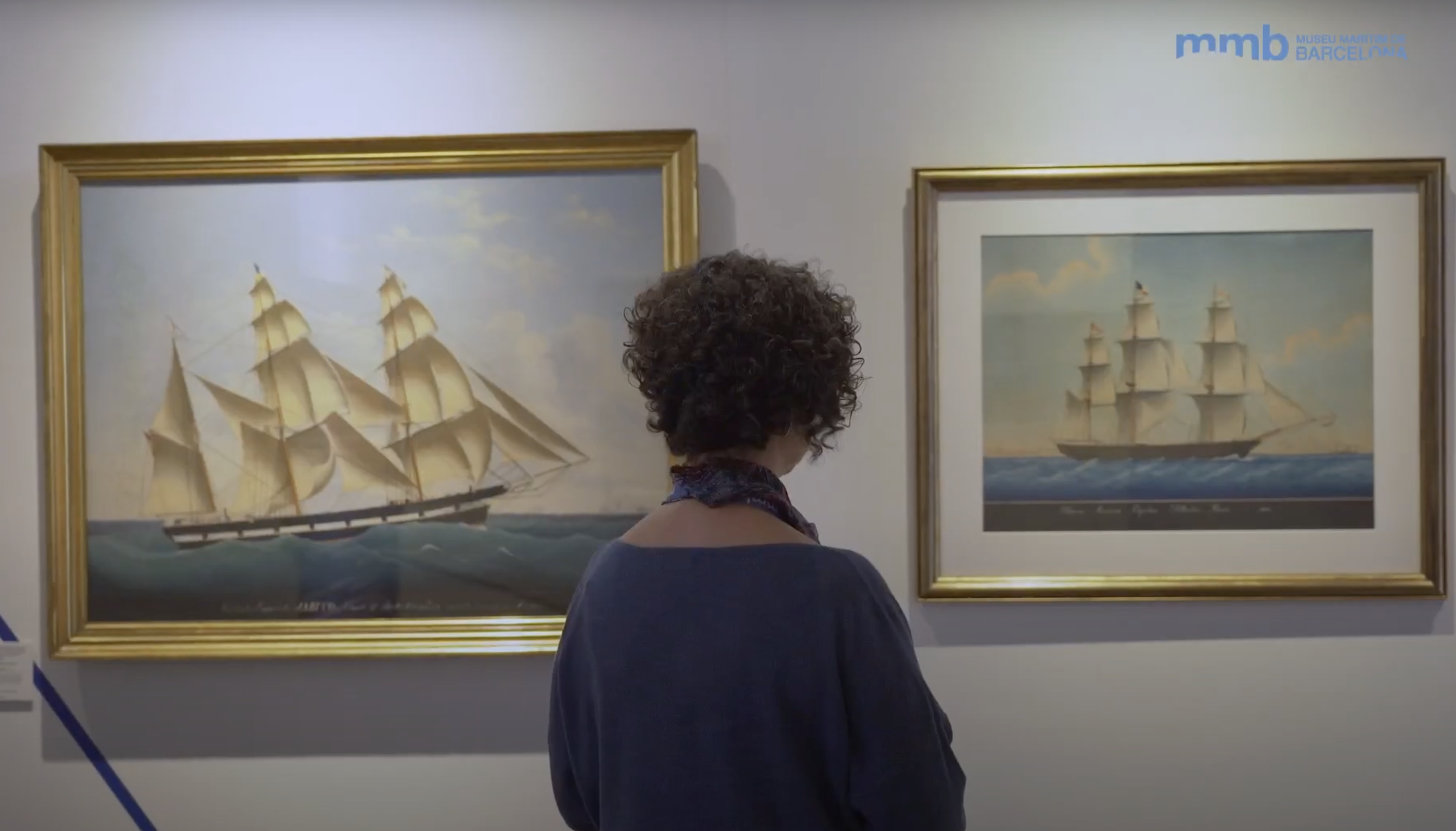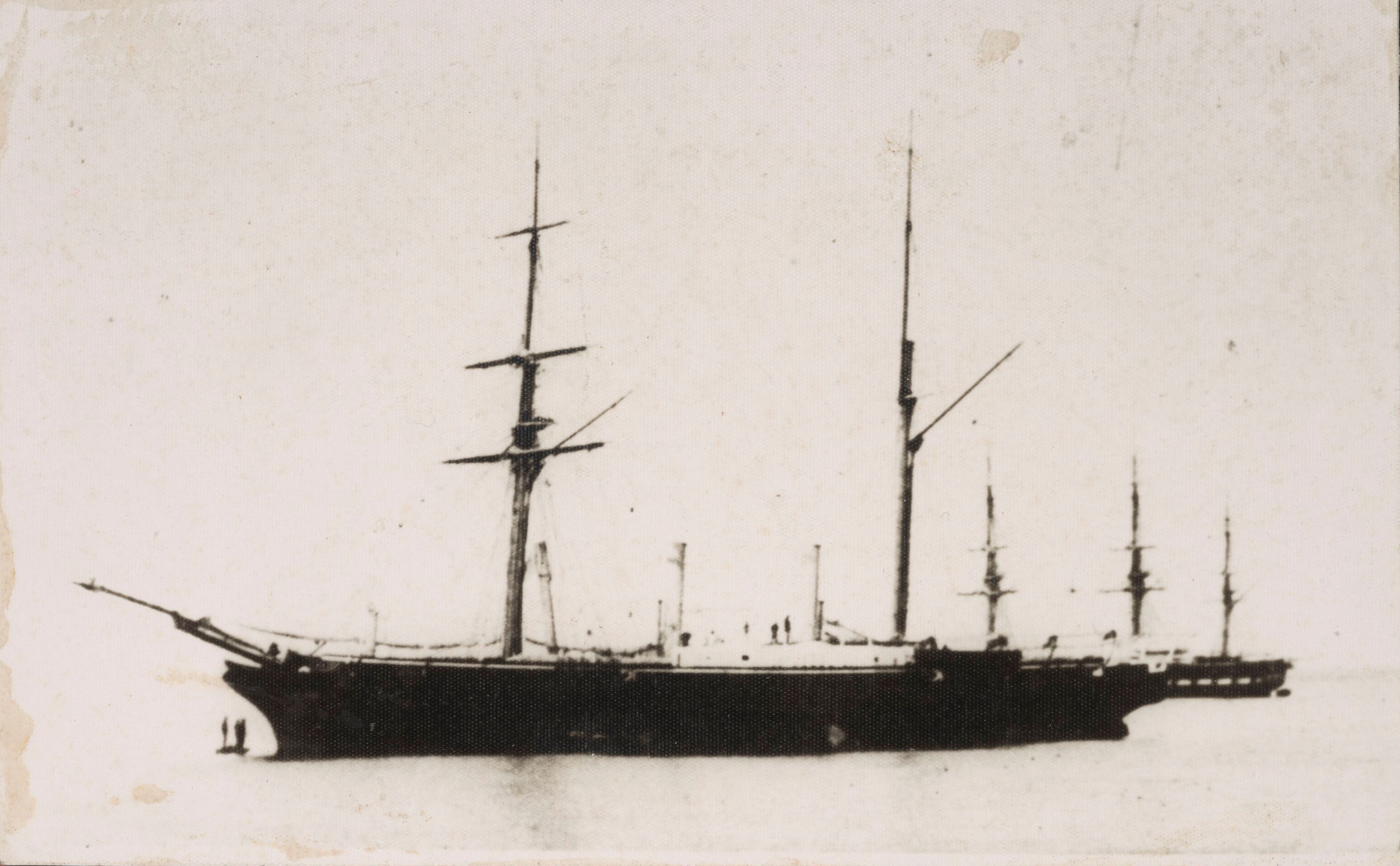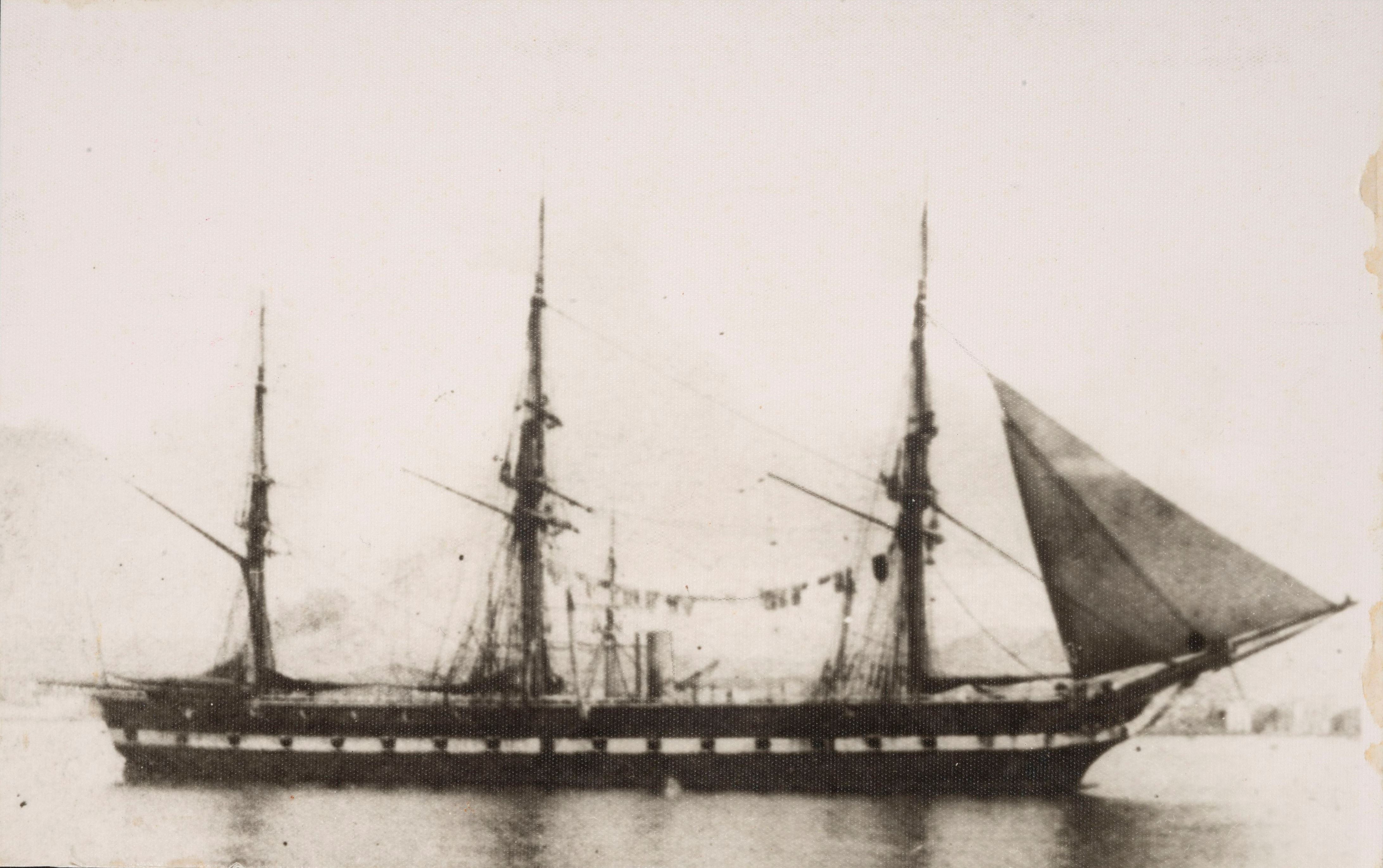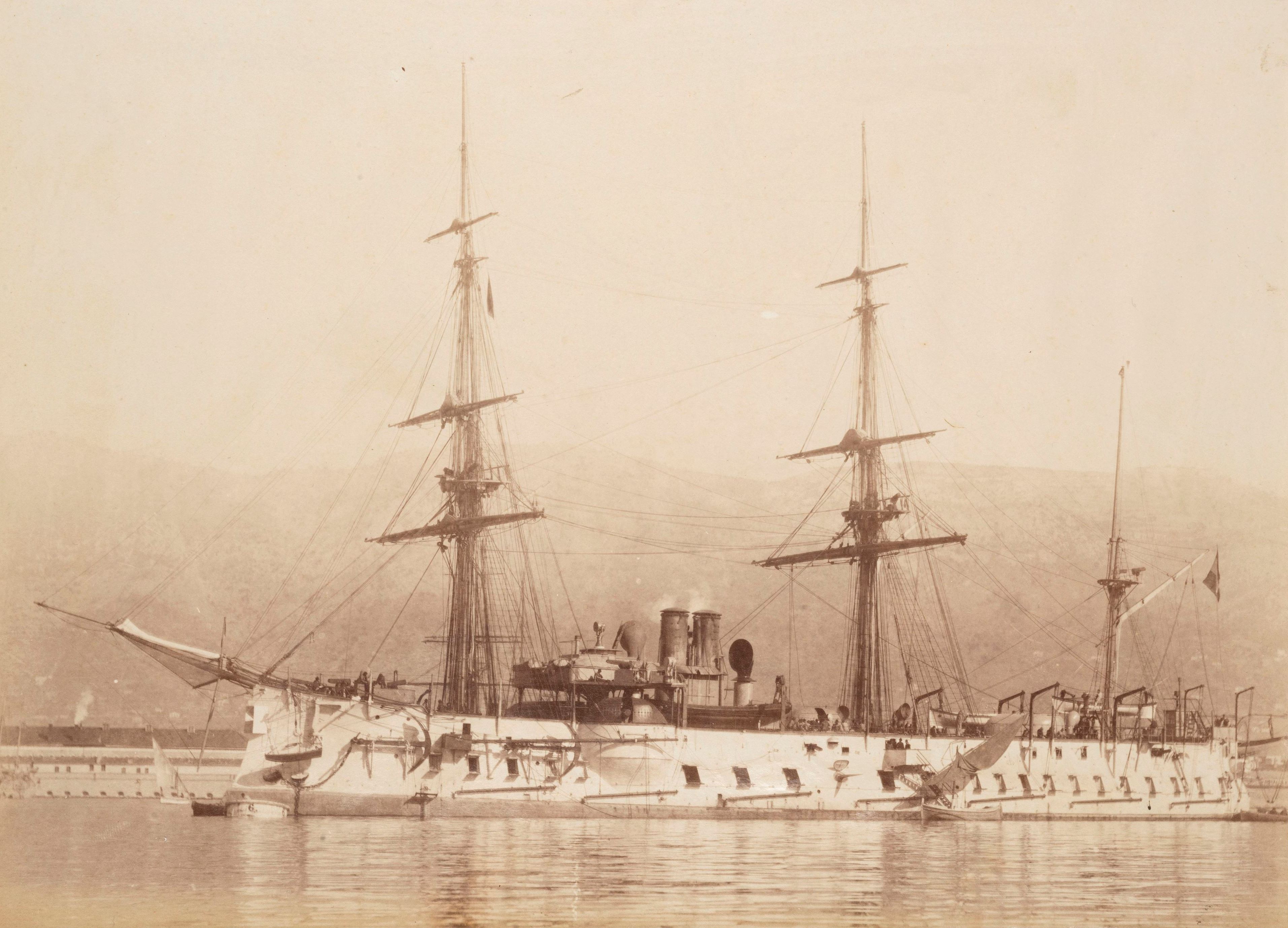

THE SHIP PORTRAIT
This is an image with a ship as the main subject, authentically recreated to highlight the navigational components that help identify the ship. Ship portraits often include a caption with the name of the ship.
WHAT IS A SHIP PORTRAIT
Ship portraits were recognised as a pictorial genre in the 19th century, after a number of major shipping companies were founded, and shipowners and captains wanted to have a picture of their ships in the office or at home. At the time, it was essential for the sketch artist to have good technical knowledge. Many of them had professional links with sailing or shipbuilding.
The portrait is a visual representation and an interpretation of reality. The painter decides which aspects to highlight, how to represent shapes, colours and light. In some portraits the technical side is more important, while in others it the artistic side.
TECHNIQUES AND HOW THEY HAVE EVOLVED
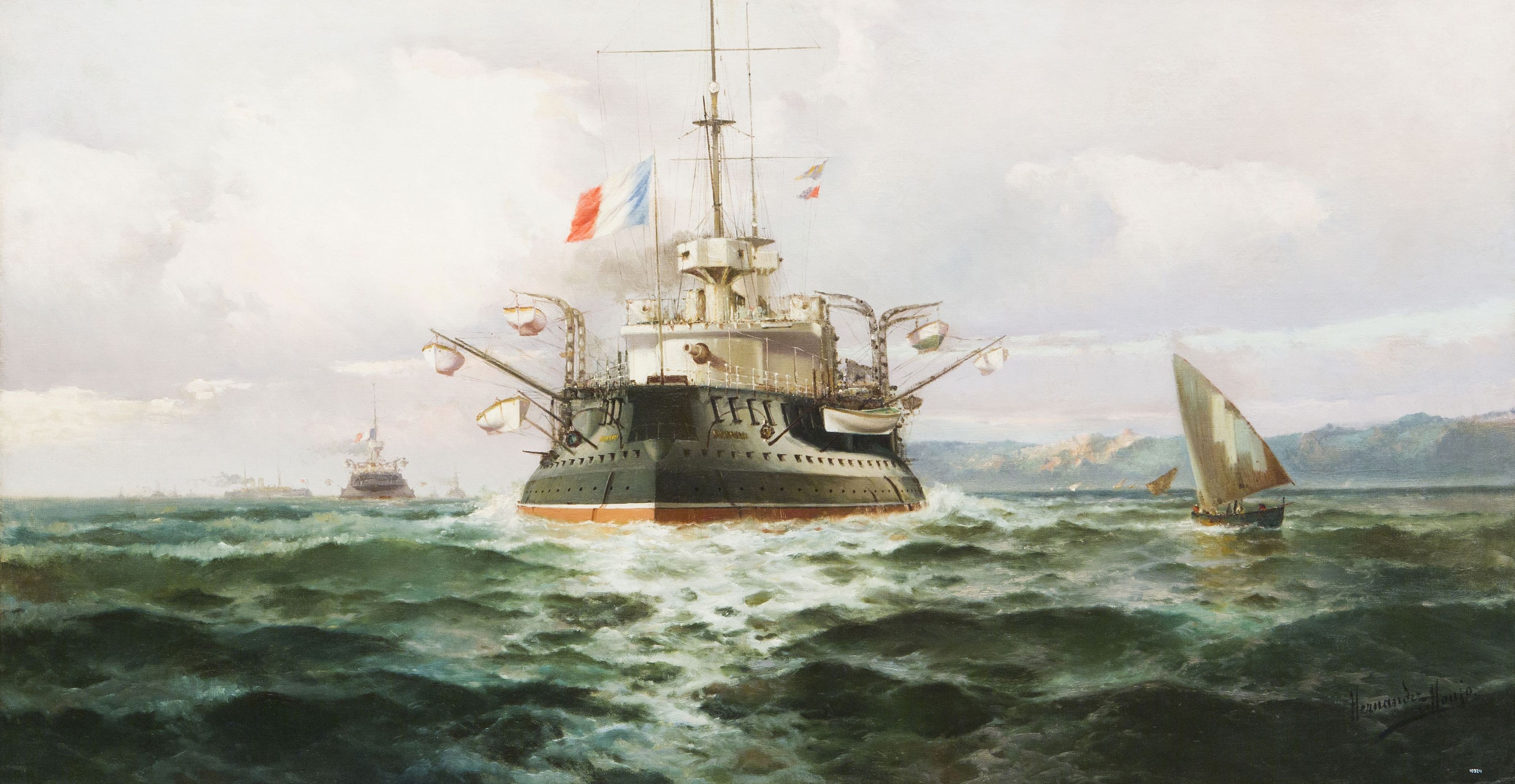
Numerous ship portraits can be found throughout history, created for different reasons and using a variety of techniques. Until photographic image capture and reproduction techniques were perfected, the only surviving graphic records of a ship are often drawings, paintings and engravings.
This applied to the engravings made by the Italian artist Fernando Brambila, who in 1791, commissioned by the Spanish government, joined the Malaspina expedition (1780-1794) as a painter, draughtsman and engraver. He had to document everything that happened, all the findings and events with images. On the expedition, he portrayed the ships on which they travelled, the corvettes Descubierta and Atrevida.
From 1839, with the invention of photography, a new tool appeared that looked towards the sea with an interest in naval portraits. But it was still some years before a clear enough images could be obtained to record the details needed to identify a ship.
During the 20th century, techniques for engraving images evolved, new printing processes were invented and portrait uses changed. However, all techniques have coexisted up to the present day.

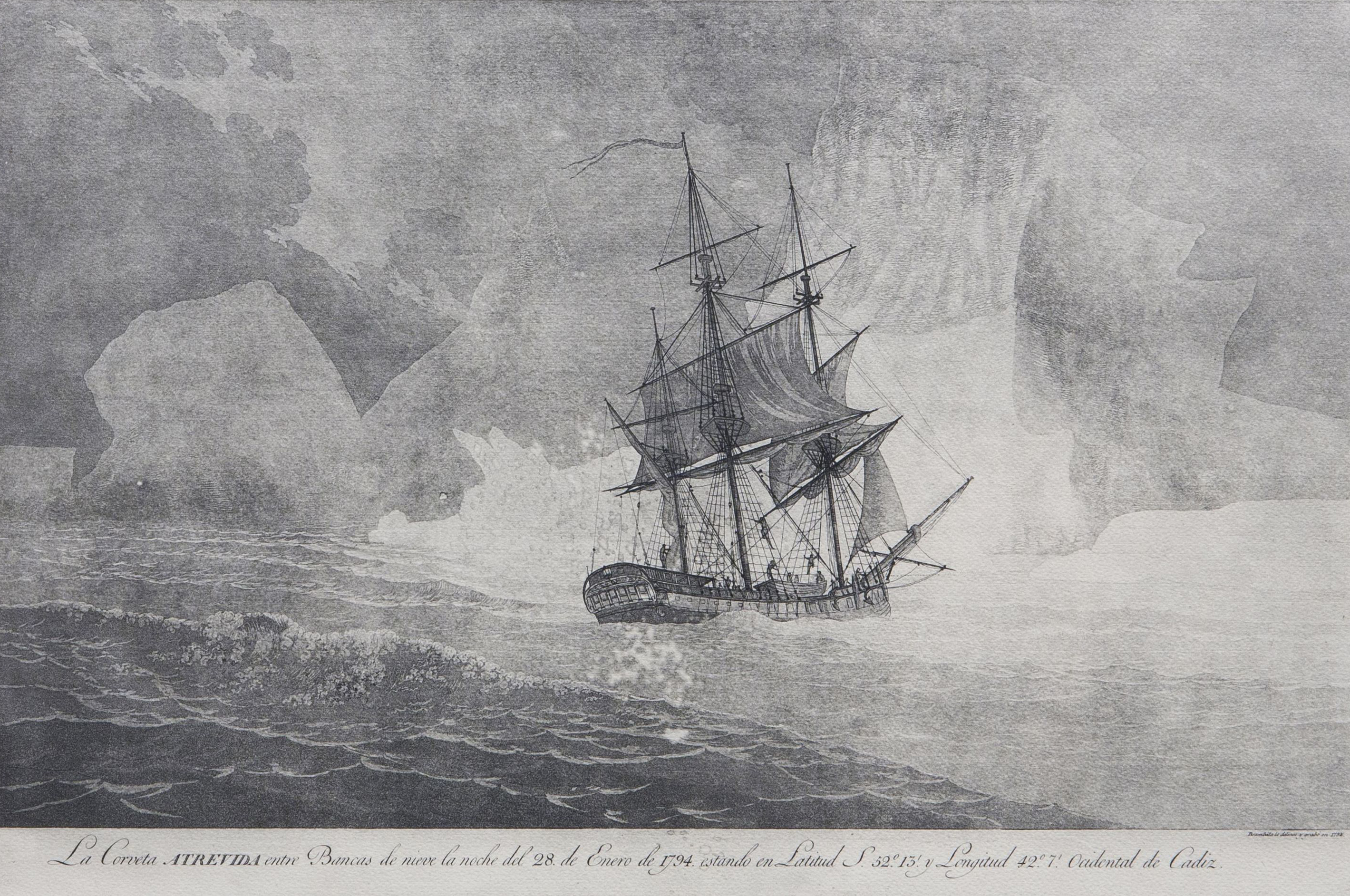
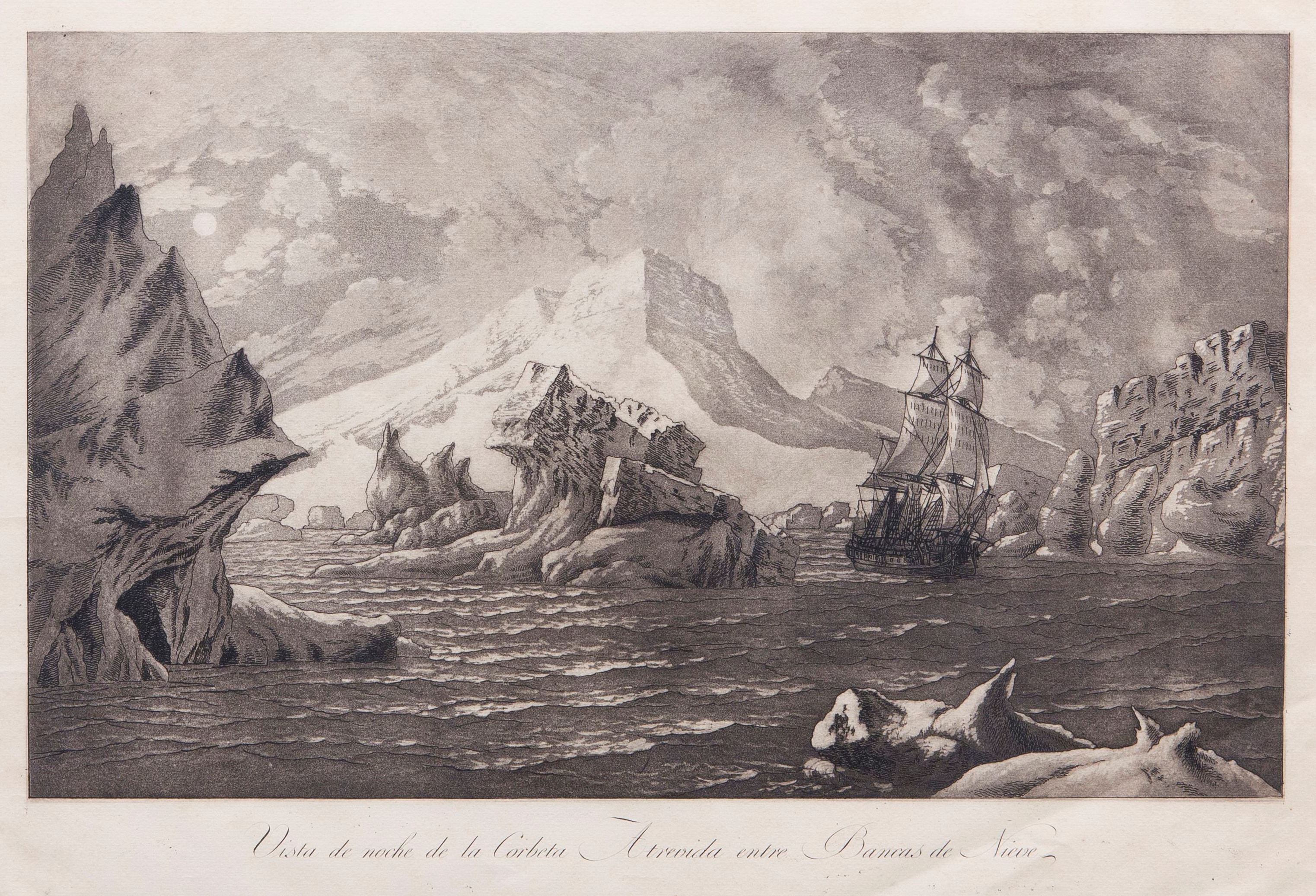


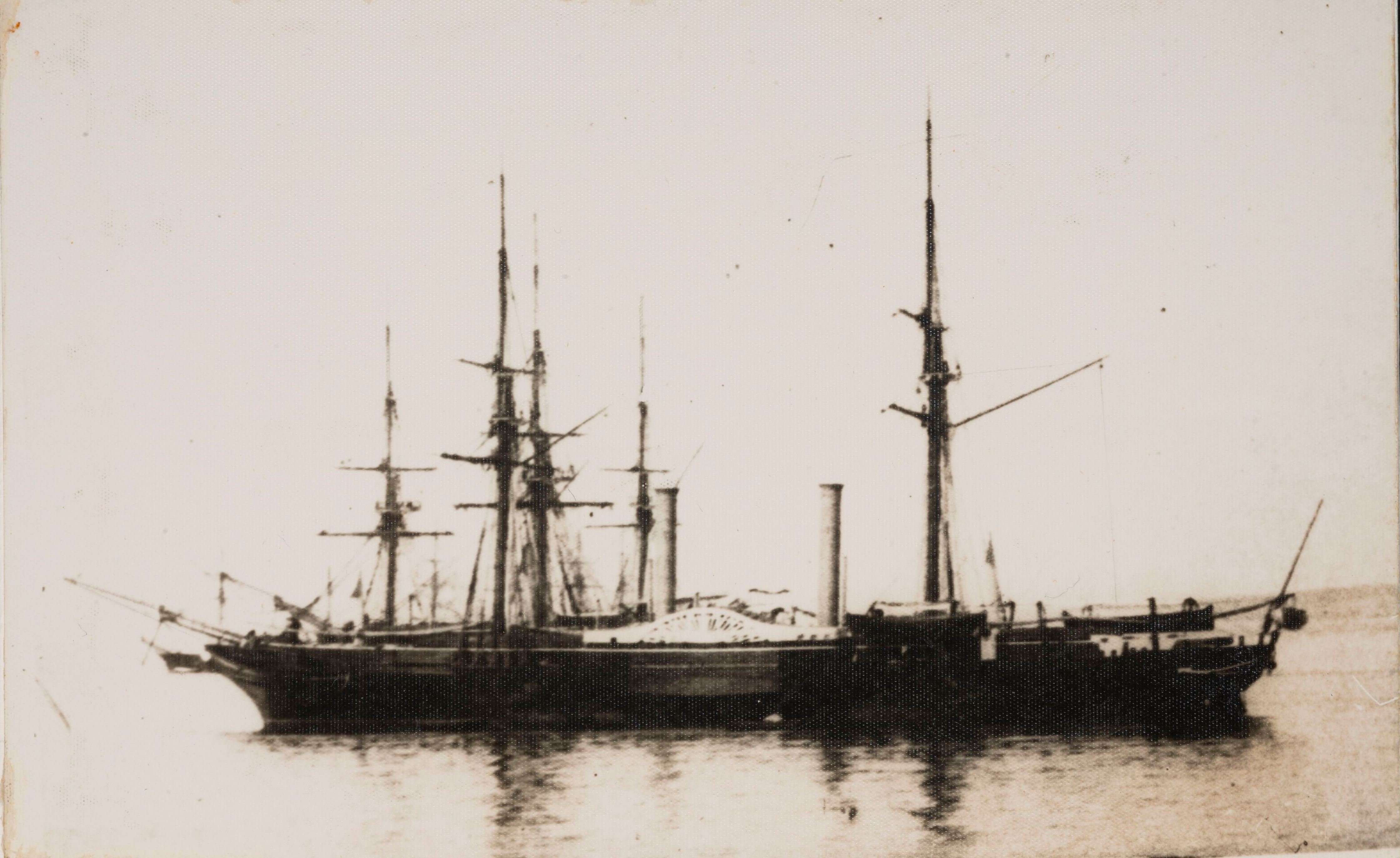
Literary portraits
Aigua de mar
El quadret dóna una idea del que fou el vaixell: una xemeneia alta i prima, el pal de proa amb dues creueres, cosa que indica que utilitzava les veles per a navegar, i això fou molt corrent a l’època de què parlo. Les màquines tenien poca força, i les veles no solament ajudaven, sinó que donaven a la navegació més estabilitat. El casc del “Boxhill” era llarg i prim com un cigar.
Josep Pla
Las inquietudes de Shanti Andía - Libro cuarto
Su popa estaba muy adornada, y entre las ventanas de la cámara del capitán y del teniente había un dragoncillo esculpido y debajo el título: El Dragón. No era este barco como aquellos viejos bombos holandeses que en mi tiempo se veían arrinconados en los puertos. Su color era negro, con una faja blanca, y tenía portas fingidas para darse aires de barco de guerra. El Dragón era, como he dicho, una urca, una urca coquetona y elegante; parecía una dama holandesa, blanca y rolliza, vestida de negro, que marchaba contoneándose con gracia por el mar. El Dragón era un buen barco, un barco seguro, en el que uno se podía confiar, con una arboladura gallarda y muchas velas de cuchillo. Era de esas embarcaciones que los franceses llaman ardientes.
Pio Baroja
The edge of the world
The boatswain had only to bark, 'Make sail!' and the bare trees of the Beagle's masts would bloom white within minutes. She would always be an ungainly little brig, her decks awash even in the lightest seas; she would never dance adroitly to the tune of her captain like one of the elegant ships-of-the-line. But she was at last assuming a sturdy reliability that did her company credit. FitzRoy was beginning to feel proud of his sailing-spoon.
Harry Thompson
M. Teresa Sala, exhibition curator
